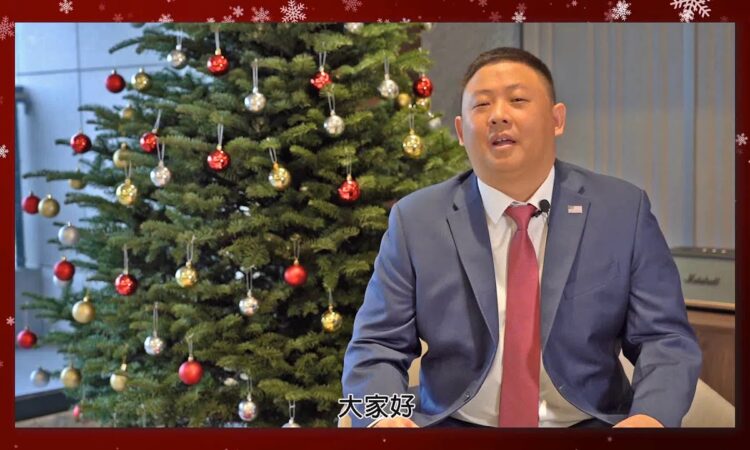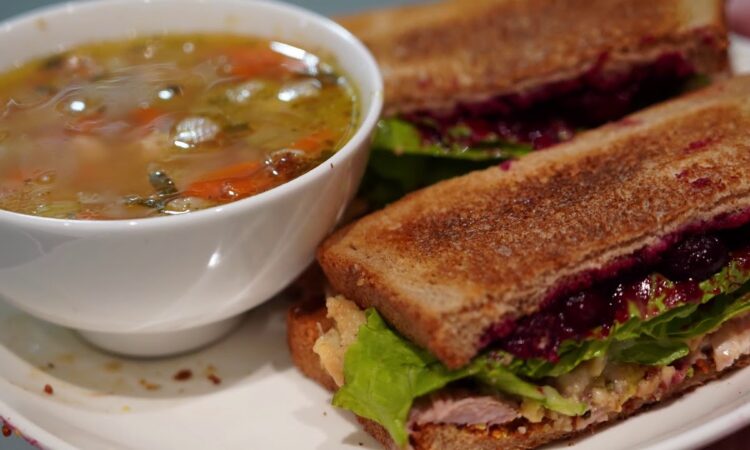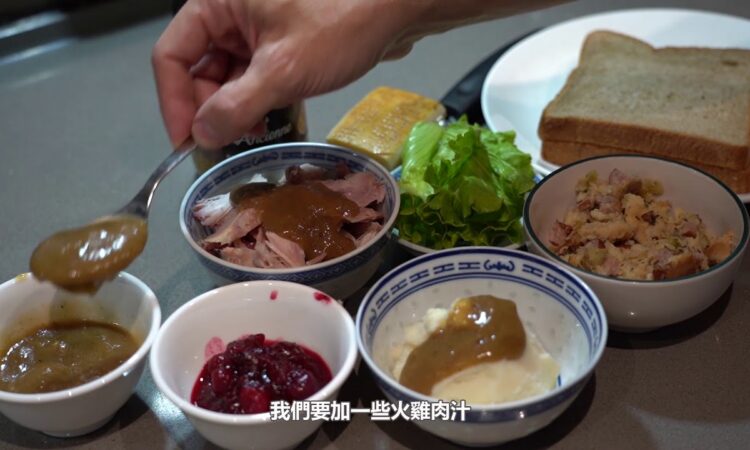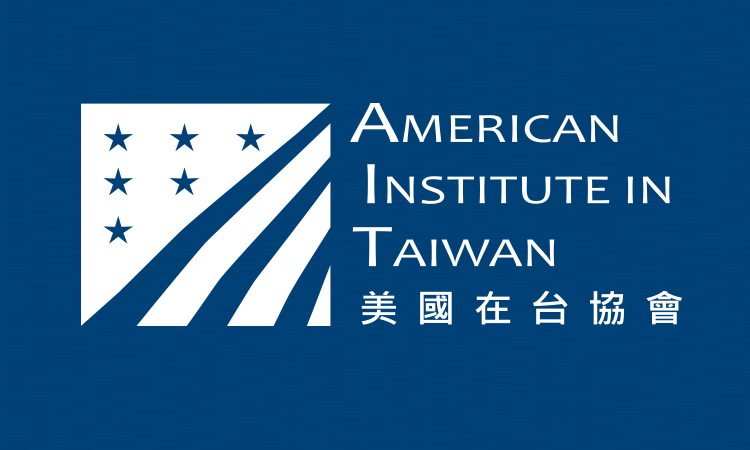Good afternoon,
It’s my honor to welcome you all to AIT’s American Center for the launch of the “Culture and Conservation” program. It gives me great pleasure to share the stage today with six distinguished representatives from some of Taiwan’s most prestigious museums. AIT is delighted to cooperate with these six museums to promote public awareness of the problem of wildlife trafficking, and to do our part to reduce demand for illegal animal products in Asia.
Taiwan’s museums are among the most frequently visited cultural institutions in the world. The National Palace Museum alone attracted over 4.4 million visitors last year, the second highest of any museum in Asia, and the thirteenth highest worldwide. Their expertise in conservation and innovative public outreach is what inspired us to team up with these museums for this important program.
At the recent meeting of APEC economies in Beijing, APEC committed to combat wildlife trafficking, including by reducing the supply of and demand for illegally traded wildlife, and increasing public awareness and education related to wildlife trafficking and its negative impact on global biodiversity. A similar declaration was made at the East Asia Summit in Naypyidaw last month. Leaders around the world are speaking out about this issue because the last several years have seen the unprecedented decimation of elephant, rhino, and other animal populations as newly-affluent consumers – many in Asia — have dramatically increased global demand for products made from illegally trafficked animal parts like ivory or rhino horn. The reckless slaughter of some of our most majestic wildlife must stop. A key part of this effort is educating consumers and making clear that purchasing ivory or rhino horn products now imperils the very existence of these species. Killing these animals upsets the ecological balance of their native habitats.
True, the museums gathered here today possess exquisite historical artifacts made of these materials, but these are products of another time. In today’s world, knowing what we know about endangered wildlife, we all agree that museums are the only place we should see ivory collections. Purchasing new ivory products now for our own consumption is a practice that must end.
The museums represented here all support this message. They have generously agreed to work with the United States to use their exhibition areas not only to display their treasures, but also to share information and join in increasing public awareness about the hazards of wildlife trafficking. As part of the “Culture and Conservation” program, each museum will display posters encouraging their audiences to enjoy their visit, but remind them never to buy ivory or rhino products. The program builds on the determined efforts of both U.S. and Taiwan authorities to curb wildlife trafficking, and has the potential to reach millions of visitors from all over Asia and the world with this important message. I applaud the directors of these museums for their leadership, and would now like to invite National Palace Museum Director Fung to share a few words.







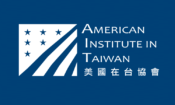
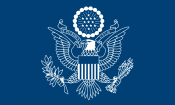
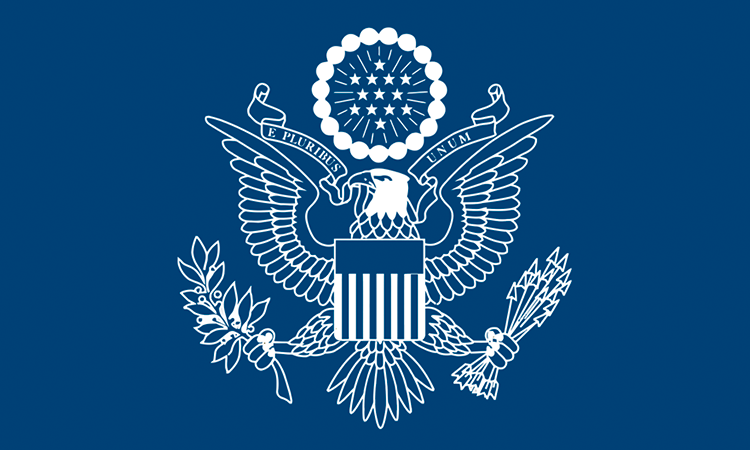




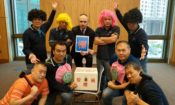
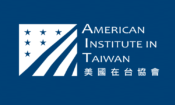
![Video Thumbnail [Recovered]-01](../wp-content/uploads/sites/269/Video-Thumbnail-Recovered-01-1-750x450.jpg)
